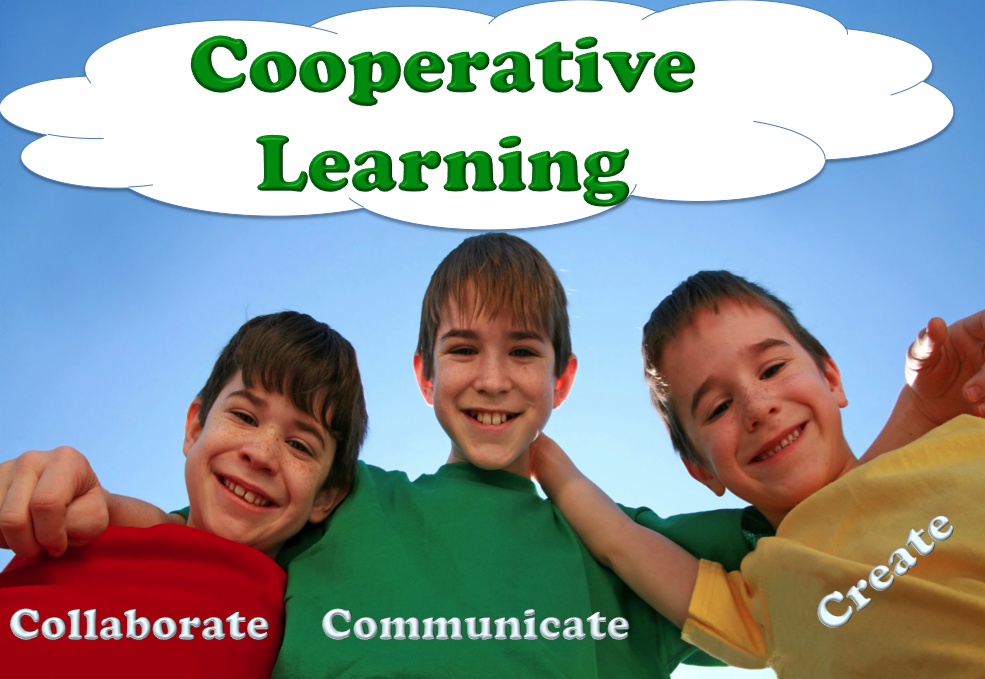http://voicethread.com/share/2908318/
This Voicethread was created to assist my students in creating a mural about our community. This is a lesson I do each year to get my students thinking in groups of ways to create ONE big picture that everyone in the class gets to paint. It's always a hit, but usually lacking on the technology side. With this thread, my students can begin brainstorming with their groups, then at home or during a computer lab time, they can look back over the murals we studied and leave notes, comments, or suggestions for each other. Each class completes a mural (and while I'd love for it to actually be on the wall, we use a huge piece of paper so it can hang instead of covering the previous class' murals each year) and each group decides what part of the community is needed to be represented. I try to keep myself as removed from the project as possible outside of helping them get the initial organization together for placement of paper to be sure everyone has room to work at the same time.
I felt this lesson really fit into the niche of cooperative learning since my students work for very little time on their own besides getting their thoughts together. Then they do some planning as a group to think of important aspects and places in our community, and we have a organization discussion as a class to plan where each piece of the mural will go on the paper. Luckily, I can use the ActivBoard for that process this year and students can group together pieces to move around on the mural during the planning process instead of me drawing and erasing tons of marker lines! Then students get right to work on some sketches, decide which to use, who is strongest at drawing or painting, or leading and they begin their initial sketches on the paper. When sketches are complete, painting begins. I usually have time for half the class to paint at a time, so we switch every other class until it is complete! At this time, I am unable to get any lab time with the 3rd graders, but in the future, I would also like to take the groups in the computer lab to find pictures of places around the community to assist in their sketches - sometimes the factory near our school or a local mascot comes out looking a little off, and I think the visual aides would help groups in their decision-making process as well.
I feel social learning is so important, and we do it here every week at Walden! Our blogs and discussion boards are helping us create a network of teachers with which we can collaborate, gain insights, and provide feedback. So much of our society now is on-the-go, but people want to keep up their social connections even if their job requires them to move across the country. I know many of my 4th and 5th graders now have Facebook pages where they keep up with each other, and it's a familiar environment to them. Why not bring some aspects of social networking into the classroom (safely and monitored of course!)?
According to an article on Education World, cooperative learning should allow:
- students set goals and decide how to meet them
- students decide who does what parts of the goals
- students learn how to negotiate through social skills
- students learn each person on the team has a different set of strengths and weaknesses and how they apply to reaching their goal
I usually find that one student tends to naturally gravitate toward the leader role, and try to step in to remind them of how important their job is to keep the group positive and on task. In this lesson, usually a particularly gifted artist steps up to plan and record the group's ideas efficiently. Occasionally there are problems, but again, I try to keep my nose out of their business as long as it's just a debate, so we can then discuss what problems each group ran into later in the lesson and how to overcome those issues, or how to work it out for the good of the group. Collaboration skills are needed in almost every career path my students may choose, so it is imperative I include social learning in my classroom.
Bafile, C. (2011, August 16). Lets cooperate teachers share tips for cooperative learning. Retrieved from http://www.educationworld.com/a_curr/curr287.shtml







